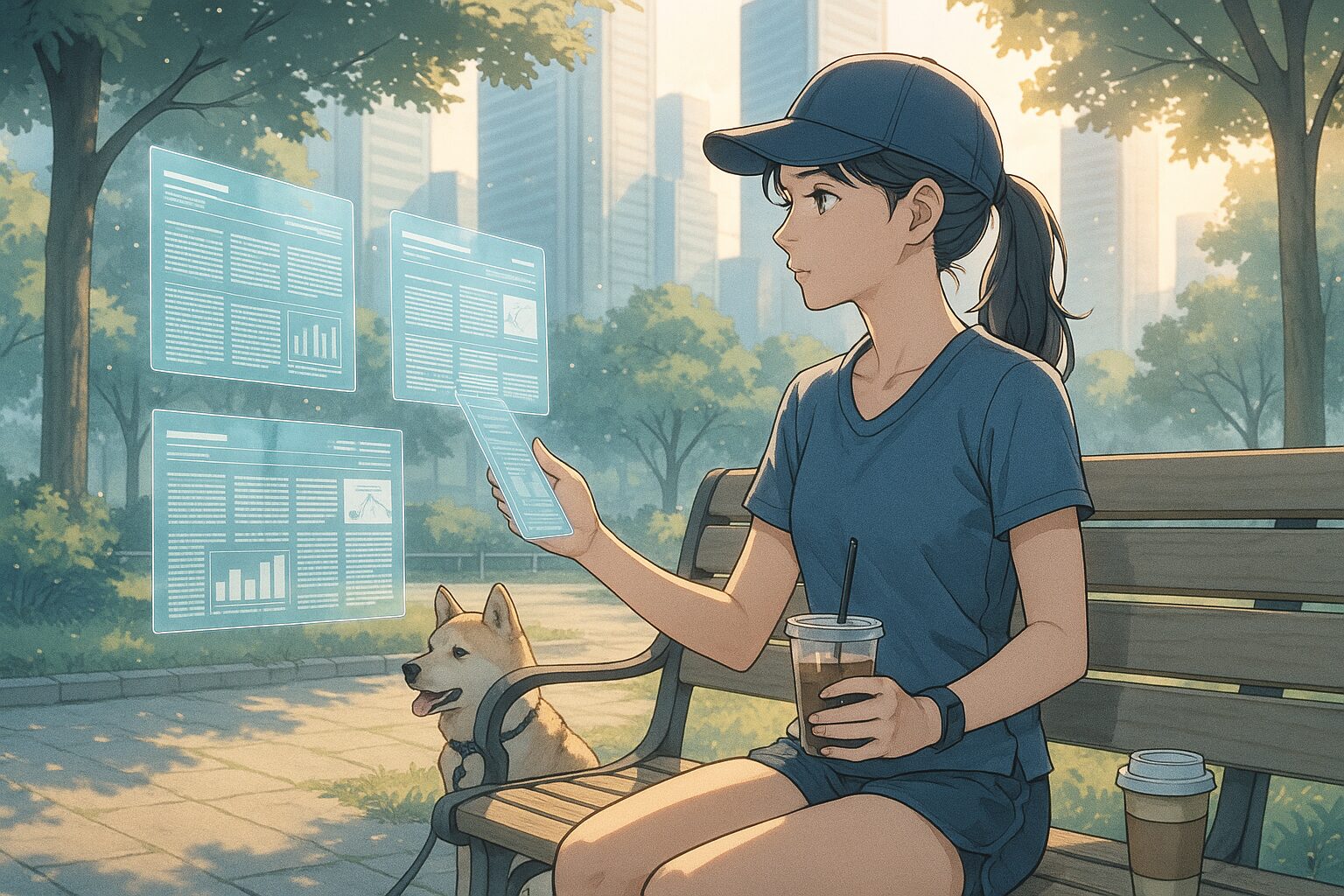Amazon has announced plans to introduce satellite internet in Uzbekistan. This will bring light to areas that have struggled with internet access. As this technological innovation progresses, how will our daily lives and society change?
1. Today’s News
Source:
Qalampir.uz
Summary:
- Amazon is planning to launch satellite internet services in Uzbekistan.
- This service will enable connections even in areas where internet access is challenging.
- The advancement of technology may help reduce the digital divide in regions.
2. Considering the Background
Internet is an essential infrastructure in modern society. However, there are regions with no internet access due to geographical and economic reasons. This issue limits opportunities in education, healthcare, and business, resulting in disparities between regions. Amazon’s satellite internet is expected to be one potential solution to this challenge.
3. What Will the Future Look Like?
Hypothesis 1 (Neutral): A Future Where Internet Access is Commonplace
With the spread of satellite internet, internet connectivity will become commonplace in all regions. This will allow people living in rural areas to access information just as those in urban areas do, expanding opportunities in education and business. However, the overwhelming amount of information might lead to a need for sifting through it.
Hypothesis 2 (Optimistic): A Future of Significant Regional Economic Development
The improved connectivity brought by satellite internet will energize regional economies. Local businesses will expand their online activities, making it easier to enter new markets. This could lead to substantial growth in regional economies and improve the living standards of residents. There is also the potential for unique regional cultures and industries to be re-evaluated and new values to emerge.
Hypothesis 3 (Pessimistic): A Future Where Tradition and Locality Are Lost
On the other hand, the spread of the internet poses a risk of diluting local traditions and cultures. As globalization progresses, local values and lifestyles may be lost, leading to homogenization. While people may enjoy convenience, there is a possibility that community bonds weaken and feelings of isolation increase.
4. Tips for Us
Mindset Tips
- It is important to discern the truly necessary information and values for oneself without getting swayed by the convenience and abundance of information that the internet offers.
- By re-evaluating and valuing the uniqueness of local cultures, we can think of ways to live that are not swept away by the tide of globalization.
Small Practical Tips
- Every day, reflect on the information obtained from the internet and consider whether it truly had value for you.
- Actively participate in local events to create opportunities to engage with local culture and traditions.
5. What Would You Do?
- What measures can be considered to protect local culture?
- What new businesses or communities might emerge due to the spread of the internet?
- How will you use the internet while maintaining a life that is not overwhelmed by information?
What kind of future have you envisioned? Please share your thoughts through social media quotes or comments.









